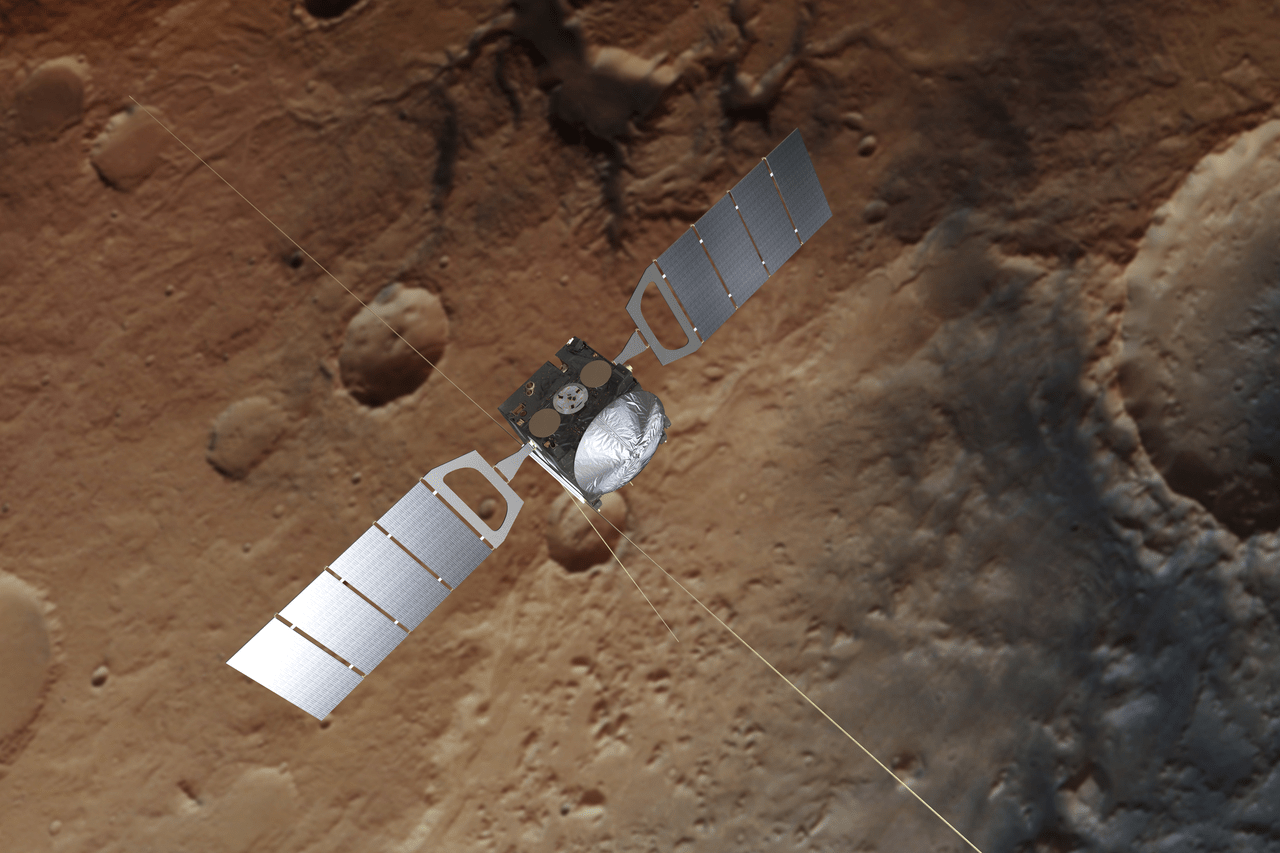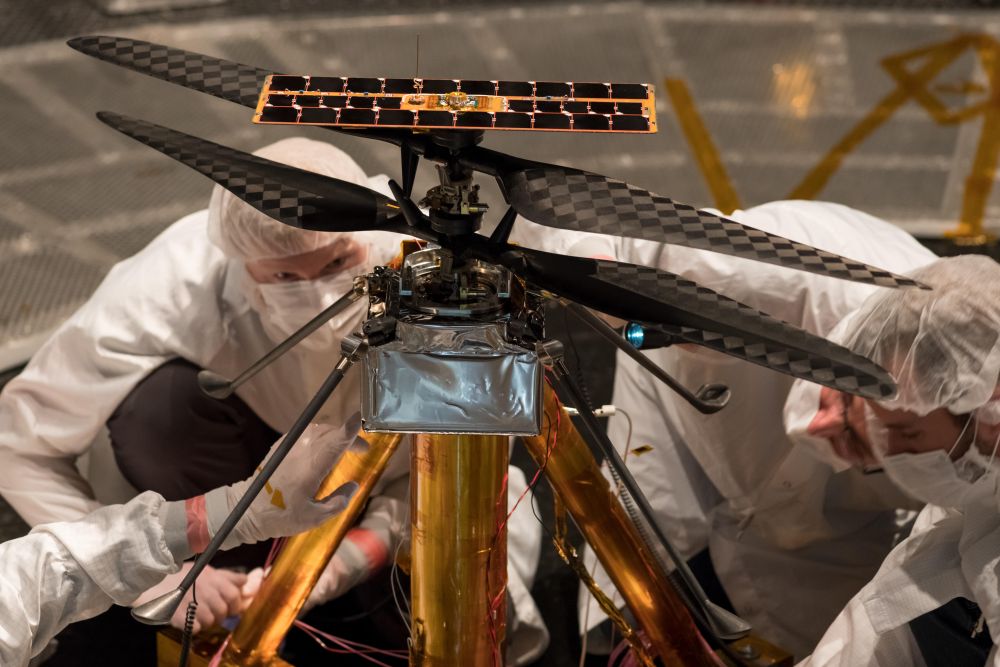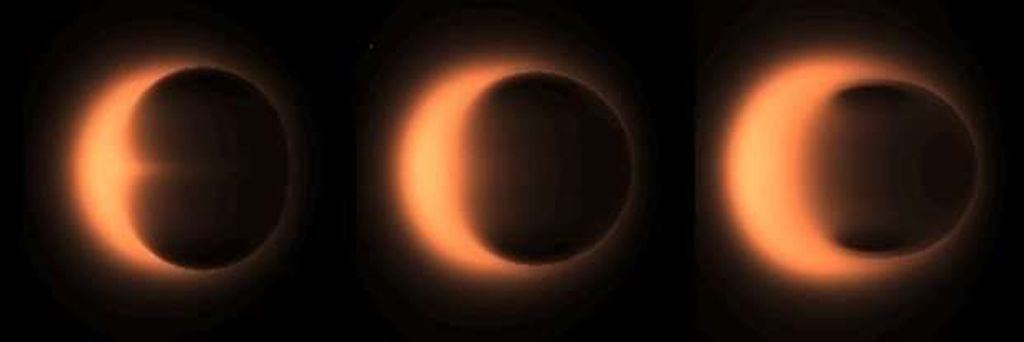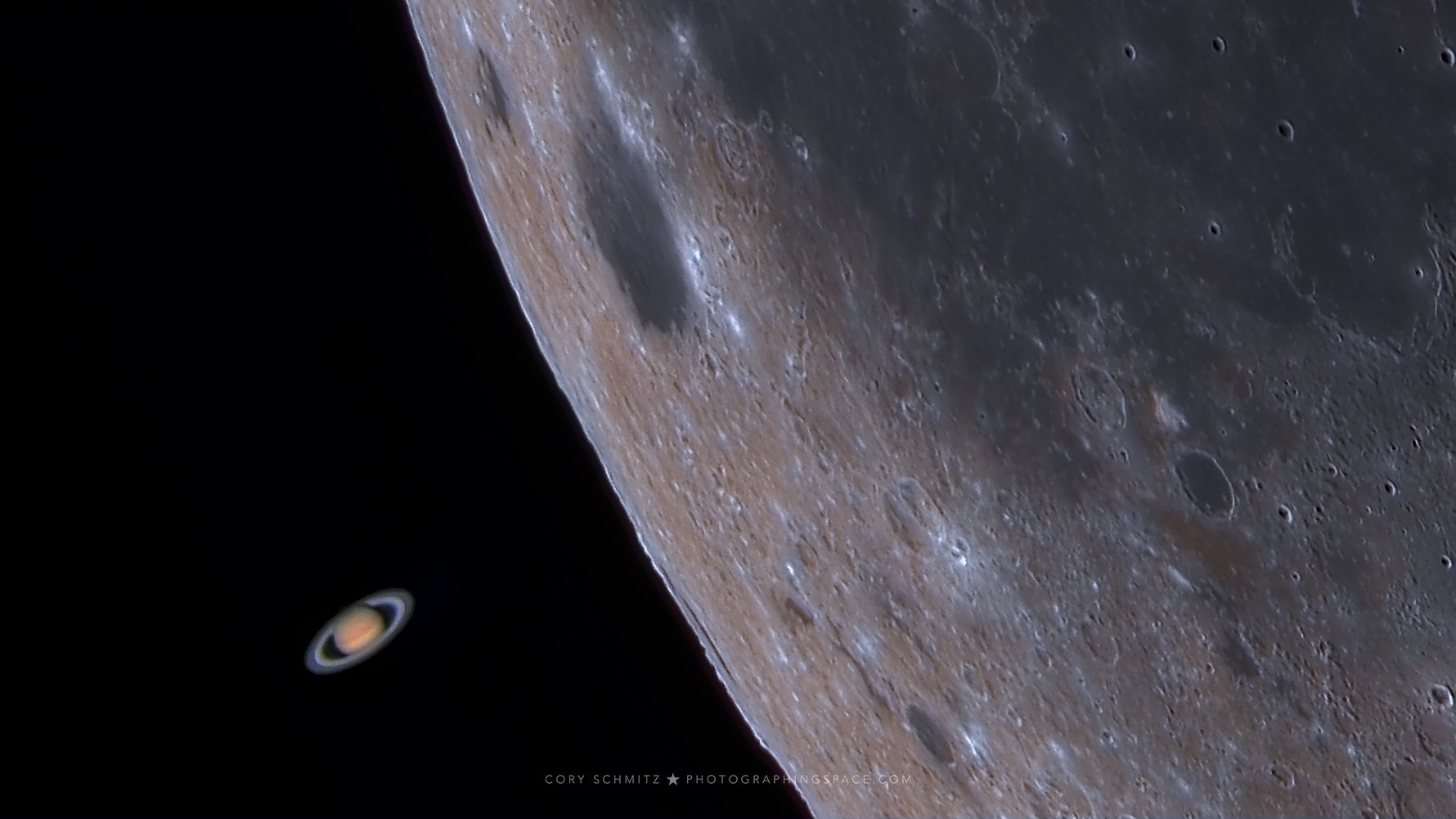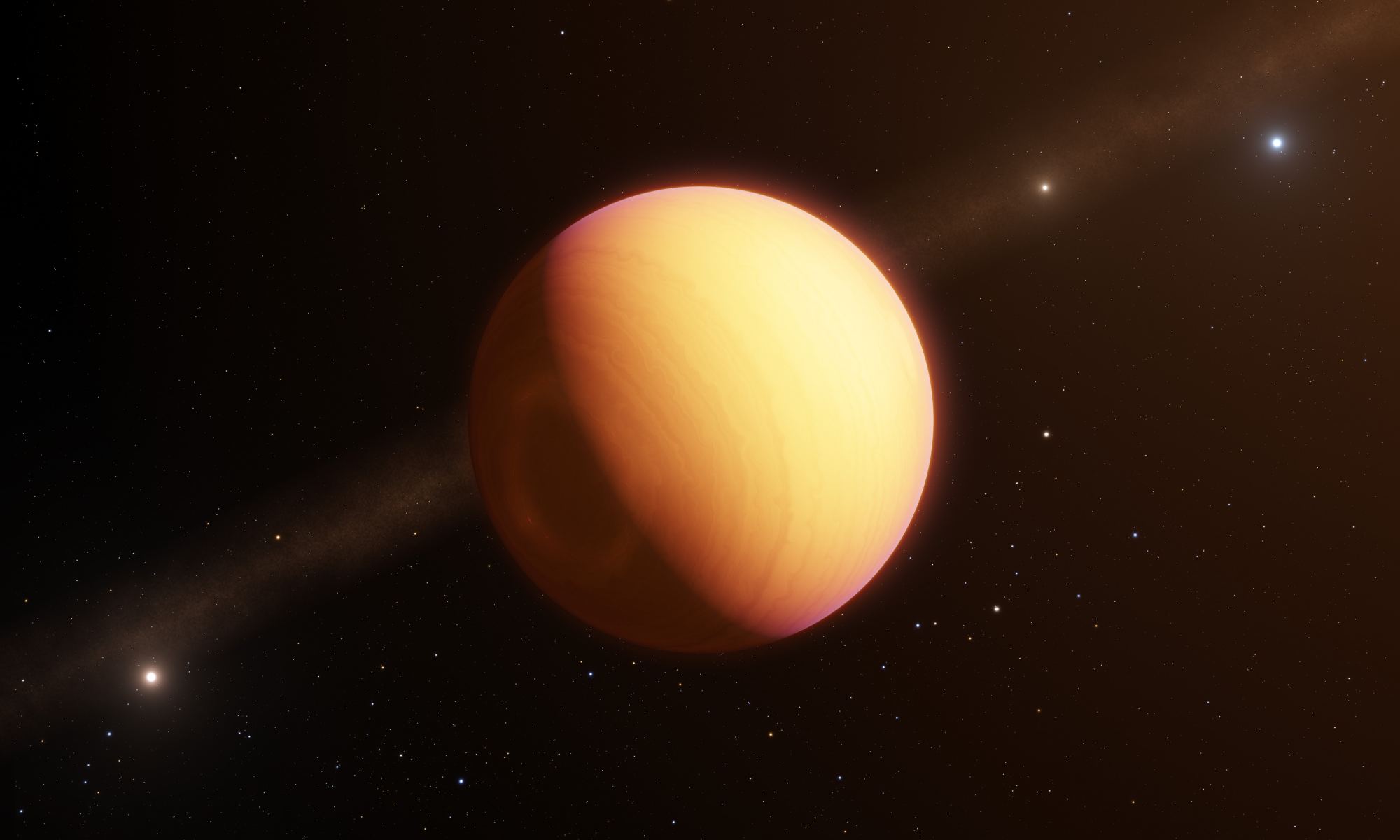If you’re not a chemist, an astrobiologist, or a scientist of any sort, and that includes most of us, then a tiny, almost imperceptible whiff of methane in the Martian atmosphere might seem like no big deal. But it is, gentle humans. It is.
Why?
Because it could be a signal that some living process is at work. And even we non-scientists have wondered at some point if the only life in the Solar System, or maybe in the entire Universe, is confined here on Earth.
Continue reading “Mars Express Saw the Same Methane Spike that Curiosity Detected from the Surface of Mars”
